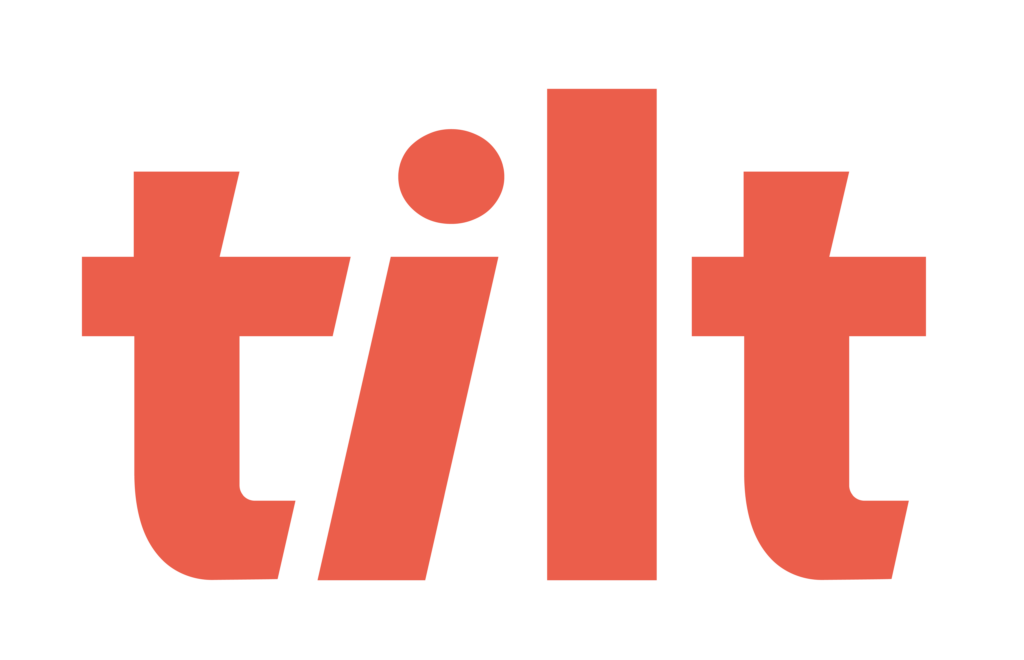“Trust takes years to build, seconds to break, and forever to repair.”
While this adage might make us reflect on personal relationships, it’s just as applicable to HR technology; especially when it comes to leave management.
Whether you’re an HR leader or overseeing a team of HR pros, when you’re responsible for managing employee leaves you need more than a software provider; you need a trusted partner.
Because when trust is missing in HR tech, the fallout is more than just a few extra headaches. It can mean compliance risks, financial errors, and a hit to employee morale, retention, and operational success.
The Trust Factor in HR Tech
Trust is the cornerstone of effective HR technology. When software claims to have bells and whistles on the website but in practice can’t deliver, or if support for you and your employees is a 1-800 number that makes you want to “press 1 for more options,” it can be maddening for HR leaders everywhere.
You depend on these systems to manage sensitive employee information, ensure compliance, and streamline critical processes. However, when trust in HR tech providers erodes, it can lead to significant consequences.
Factors Contributing to HR Ditching Their Tech
- Inadequate User Experience: A survey revealed a 6% decline in overall user experience ratings among HR tech users.
- Insufficient Technology Meeting Needs: Over half (56%) of HR leaders reported that their current HR technology does not meet their organization’s needs.
- Implementation Challenges: 36% of HR professionals cited insufficient technology as a barrier to automating and organizing onboarding programs effectively.
Think of it this way: If your car’s GPS gave you directions with a 70% success rate, didn’t sync with your phone, and was unreliable in responding in time when there’s an accident up ahead, how confident would you be about getting to your destination on time?
Now imagine that same hit-or-miss approach when it comes to tracking leave balances, ensuring accurate pay, and staying compliant with ever-changing regulations. The stakes are simply too high to not have reliable tech.
What HR Teams Should Expect From a Trusted HR Tech Partner
Rebuilding confidence in your leave of absence process starts with choosing a partner who understands the nuances of leave management. It’s not just about software; it’s about trust, communication, and ongoing support.
A leave management solution should provide:
- Compliance Expertise: TrustRadius points out that compliance continues to be a major challenge for HR teams using software. Laws change frequently, and keeping up is exhausting. A strong leave management partner should offer up-to-date compliance data and proactive guidance.
- A Human-Centered Approach: Employees taking leave are often in vulnerable situations. Whether it’s a new parent, an employee battling illness, or someone caring for a loved one, they need reassurance. An approach that prioritizes the human experience alongside automation fosters trust.
- Seamless Integration: HR leaders don’t have time to manually track leave data across different platforms. A software that syncs with HRIS systems ensures payroll accuracy and eliminates administrative burdens.
From Vendor to Partner: Rebuilding LOA Trust Step by Step
1. Seamless Implementation: Trust Starts at Onboarding
Have you ever tried assembling furniture without instructions? That’s what a bad HR tech implementation feels like. A reliable leave management provider, for example, ensures a smooth transition from a life of spreadsheets and/or legacy systems into the modern era of leave. With clear communication, proper training, and responsive support, trust begins with how well a vendor sets up HR teams for success from day one.
2. Ongoing Innovation: The Relationship Should Grow
Great HR tech isn’t a one-and-done deal. The best vendors don’t just sell software; they continually refine and improve it. A trustworthy partner listens to customer feedback, adapts to changing regulations, and proactively enhances their platform. If your provider is still operating like it’s 2015, it might be time to move on.
“The goal of our product team is to suss out what are the things that a user wants that actually contribute to the overall goals of the product and are going to make it better,” says Sam Gardinder, Product Manager at Tilt.
3. Reliability: No HR Leader Has Time for Downtime
You need a system that delivers on it’s promises 100% of the time. And while that might be pie in the sky because, well, the real world laughs at the concept of 100%, a reliable provider ensures uptime, data accuracy, and compliance support so HR leaders like you can sleep at night knowing the employees you support are being properly supported.
4. Transparency: No Black Boxes Allowed
HR professionals shouldn’t have to play detective to figure out how their tech is making decisions. Transparency in data collection, system updates, and compliance tracking is non-negotiable. For leave management, employees should know how leave policies are applied, what they need to do to receive benefits, and HR should have full visibility into how the technology operates.
5. Long-Term Support: A Partner, Not Just a Vendor
Trust isn’t built in a sales pitch; it’s proven over time. The best HR tech providers offer dedicated support teams, continuous education, and regular check-ins to ensure their customers’ success. If your vendor disappears after onboarding, they’re not a partner, they’re a transactional headache.
The Cost of Mistrust in Leave of Absence Tech
Choosing an HR technology partner without considering trust is like playing Jenga with your company’s foundation. One misstep, and everything can come crashing down.
If your leave management vendor, for example, can’t deliver, it can have significant financial and legal repercussions for organizations, impacting areas such as employee turnover, productivity, and compliance with labor laws.
Employee Turnover Costs
- Financial Impact: Replacing an employee can be costly, with estimates ranging from 50% to 200% of the employee’s annual salary, depending on their role and level within the organization.
- Productivity Loss: When companies experience extended job vacancies, 81% report that it harms their company. This stems from work not getting done, disengaged or unmotivated workers, low employee morale, revenue loss, and delivery time delays.
Legal and Compliance Costs
- The evolving landscape of federal, state, and local leave policies adds layers of complexity to leave management. Manual systems often struggle to keep up, increasing the risk of non-compliance and associated penalties.
- FMLA Violations and Litigation Expenses: Employment-related lawsuits can be financially draining. For instance, a workplace discrimination case that goes to trial can cost an employer between $150,000 to $200,000.
Operational Challenges
- Leave requests are on the rise: More leaves and more policies mean it’s more important than ever for your leave of absence solution to scale with your business.
- Poor visibility: If you don’t have a holistic view into your organization’s leave it can make workforce planning decisions nearly impossible. If you can’t trust your vendor to give you accurate insights into the leaves ongoing and upcoming, you’re not only driving with an unreliable GPS, you’re doing it blindfolded.
Trust Is the Ultimate HR Tech Feature
Trust isn’t just a nice-to-have; it’s the foundation that makes your department actually work. Because as an HR leader you have enough on your plate without having to worry about whether your HR tech will deliver as promised.
From managing compliance to ensuring employees receive accurate leave entitlements, your leave software solution needs to function as a seamless extension of the team, not create new problems to solve.
When evaluating a leave management provider, it’s crucial to look beyond flashy features (though it should have those, too) and assess their commitment to reliability, transparency, and long-term partnership.
Organizations need a vendor that is proactive, ensures compliance, works seamlessly with your existing HR tech, and delivers ongoing support.
That’s why leading HR teams trust Tilt to manage leaves of absence with confidence. Tilt isn’t just software, it’s a tech-powered, human-supported solution that ensures accuracy, compliance, and a seamless employee experience.
With automated real-time leave tracking and pay calculations, HRIS connectivity, and in-house leave law experts, Tilt eliminates the uncertainty that often comes with leave management.
“We are a trusted partner,” says José Miguel Longo, Tilt Customer Success Manager. “We go as far as partnering with you on helping you make decisions for your business or making sure you’re staying compliant. You can count on us to be as dedicated to this as if we were your employee.”
At the end of the day, trust in HR tech isn’t just another box to check, it’s the glue that holds everything together. HR teams that choose Tilt don’t just get software; they get a partner that’s invested in their long-term success. When HR leaders have a leave management solution they can rely on, they can focus on what really matters: supporting their people and driving strategic initiatives forward.
About Tilt
Tilt is leading the charge in all things leave of absence management through easy-to-use tech and human touch. Since 2017, our proprietary platform and Empathy Warriors have been helping customers make leave not suck by eliminating administrative burdens, keeping companies compliant, and providing a truly positive and supportive leave of absence experience for their people.







